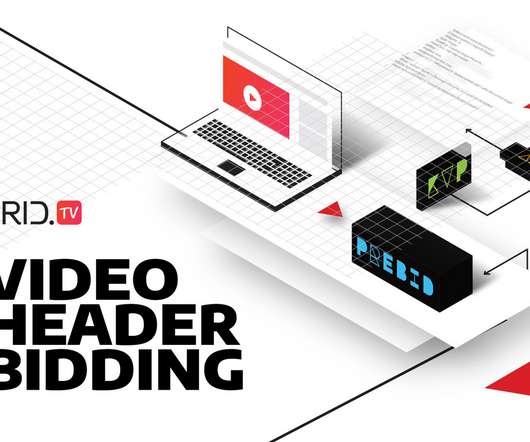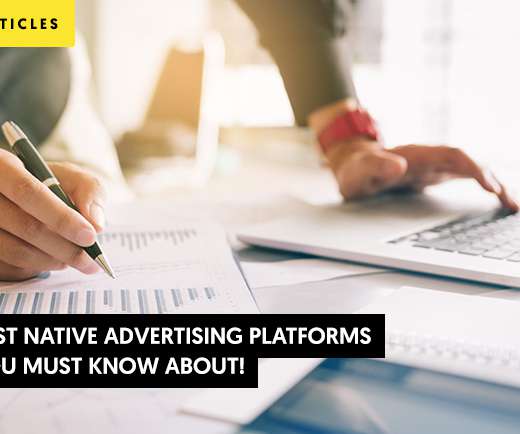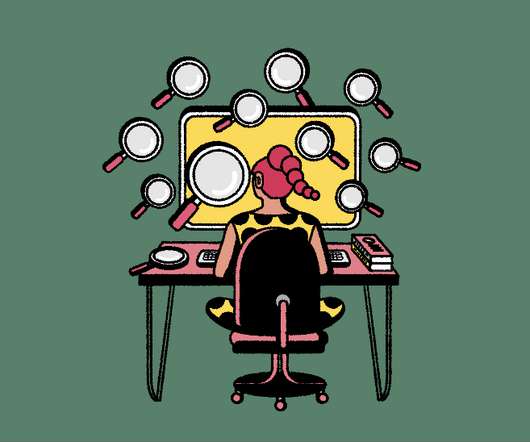What is Header Bidding and How it Works?
Automatad Inc.
JANUARY 29, 2023
Header bidding was conceptualized in 2014 and went mainstream in 2016. It begins loading as soon as the webpage loads in the user’s browsers by connecting to its supply-side platforms for bids before the ad server is called. These bid requests are made either directly by the user’s browser or via an ad server.











Let's personalize your content